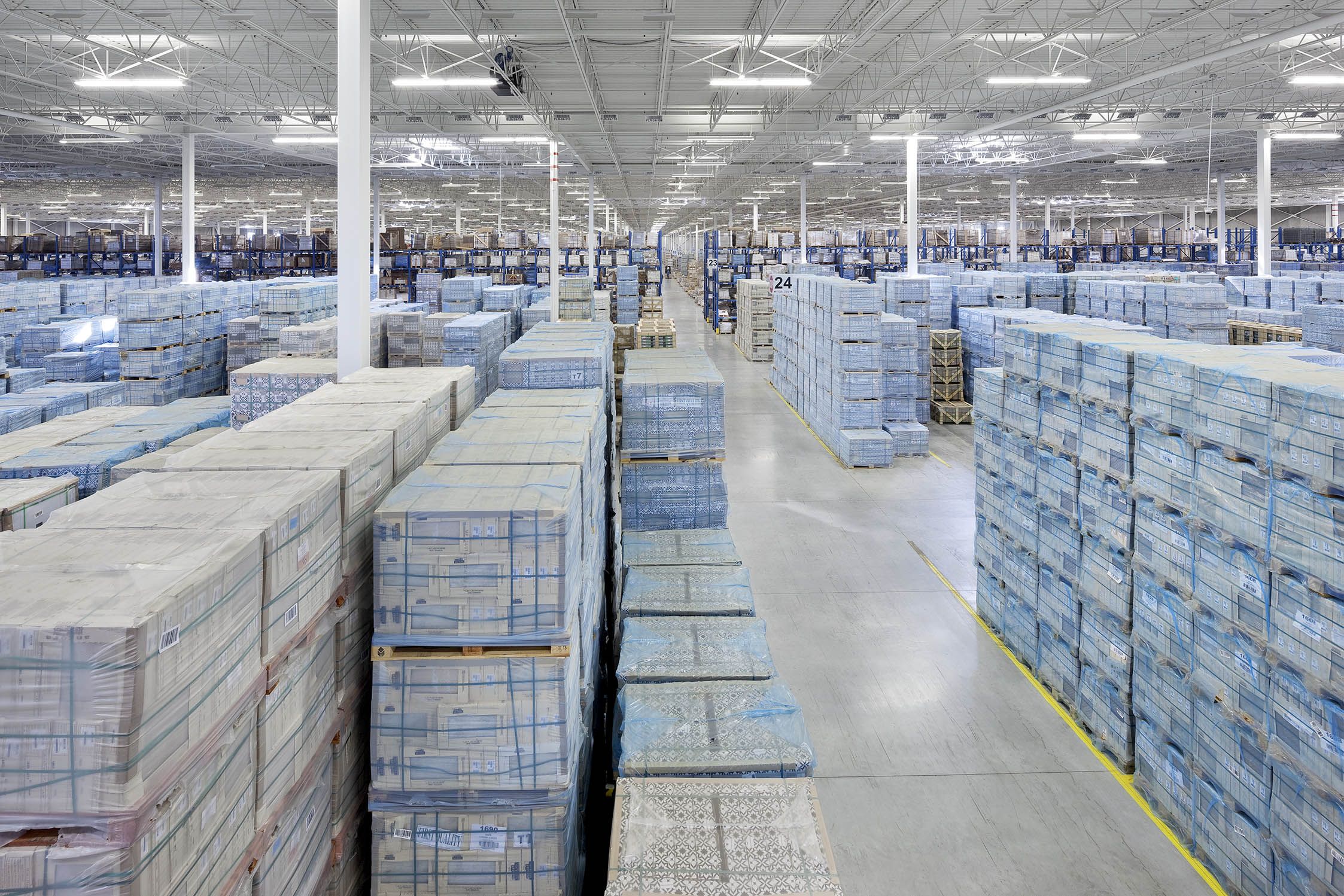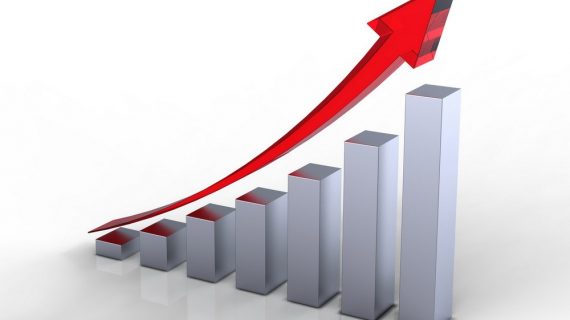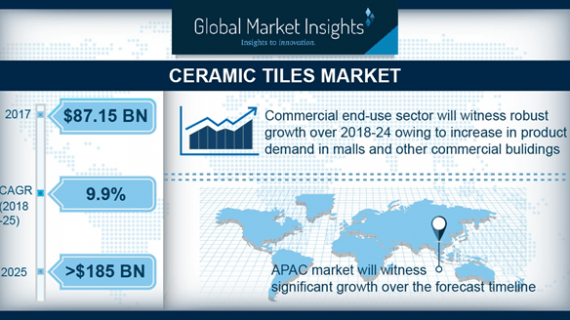Distribution: Who adapt, who wins future
Historically speaking, distributors have played a critical role in the flooring ecosystem. However, its role has evolved over time and is likely to undergo significant changes in the next five years—leading to this question: What will flooring distribution look like in 2025? Will there be fewer companies given the pace of consolidation today? Will they be able to keep pace with technology to meet customer needs? Will distributors even be relevant?
Views from distribution executives
On distribution circa 2025…
Bob Weiss, CEO, All Tile
“A professor once said, ‘The function of distribution will remain…It is a question of who will provide it.’ I think the ones that provide the distribution function in the future will be those that have invested back into their operations and have the tools and people to do so. COVID-19 has led to an unexpected quickening of customers going digital. I see much more of that over the next five years. The companies that can combine the best people, products, systems and logistics will be the winners going forward.”
Paul Castagliuolo, president, Belknap White Group
“Private label will become more prevalent. The barriers to sourcing material and procuring products overseas have become less over the past several years—particularly with many countries now producing quality flooring products. We see that trend continuing.”
Jeff Hamar, president, Galleher
“Distribution used to be defined by what brands you were aligned with. You would fall into one of four camps: Mannington, Armstrong, Congoleum or Tarkett. Now you are the brand; it’s the price you create and how you market. That is what is going to differentiate your business. It’s a 180-degree change, and it’s been clear for awhile. The guys that can pull that off will win, and there will be big gaps between the winners and losers. And you will need lots of money and long lead times.”
Eric Parrish, president, Midwest Floors
“The big fish will always pursue and eat the smaller fish, but the smaller fish have more advantages than they did in the past with technology advancements in ERP [enterprise resource planning] and data extraction. Brands will have less importance; inventory will still be king through these changes as LTL [less than truckload] and overseas production mean more time lost waiting and watching for arrival dates. Back orders, pandemics or tariff wars are here to stay and will be better navigated with space management and logistics.”
Rick Holden, COO, Derr Flooring
“Independent distribution will still be vibrant in five years. We sell products that are unwieldy and therefore difficult for companies like Amazon to store and delivery efficiently. Companies will seek product lines that allow them to maximize profits and minimize competition. Some distributors will act as a third product line for manufacturers that need delivery services or warehousing.”
Scott Rozmus, president and CEO, FlorStar Sales
“Distributors will continue to perform their roles as bundlers and problem solvers. While job-packing and mixing functions add significant value, particularly when coupled with just-in-time delivery services, distributors’ bundling functions do not merely benefit one portion of the channel. Eliminating the need for manufacturers to build, maintain and manage thousands of regional relationships and likewise manage hundreds of regional shipping points—and all the associated nuances these myriad touch points generate—offers manufacturers significant value.”
Hoy Lanning, CEO, Haines
“We will have to find new ways to solve our customers’ and manufacturers’ problems. Independent distributors need to continue to know their market better than anyone and be the best and least expensive way for manufacturers to go to market. We will continue to bundle branded products as well as bringing private-label products to market to fill voids. We will have to innovate in the way we go to market. Technology will advance every year and we need to advance with it.”
Impact of consolidation…
Jeff Striegel, president, Elias-Wilf
“It has to continue. For starters, most distribution firms are family businesses, and most have creeped up in age. There aren’t many family members who are interested or capable or have the desire to run the business. In today’s market you have to have some degree of scale. I don’t think the distribution business is complicated, but it has become complex and requires some degree of scale. For smaller distributors that have been successful but don’t have scale it has become very taxing.”
Bob Weiss
“Consolidation will be necessary as the investments that need to be made are high and need scale to succeed.”
Paul Castagliuolo
“Consolidation has been and will continue to be a factor in the industry. As all levels of the industry need to become more cost efficient, those who can reduce their operating costs by growing and harvesting synergies will be better able to compete.”
Need to remain relevant…
Bob Weiss
“Distributors, just like anyone else in business, need to make sure the service they are providing is defensible. They need to make sure the value they bring is justified and needed. No one can rest on their laurels and expect to survive. We must make sure we have the right mix of products that are correct for our market demands. Loyalty is important, but we must earn it every day by making our customers and suppliers better and more profitable.”
Scott Rozmus
“There are several factors that suggest distribution will remain relevant. For any business to remain relevant, it must add value. In the case of firms providing a service, such as a flooring distributor, the firm must add value to manufacturers as well as to their clientele. The marketplace will continue to afford distributors this opportunity. However, in many cases the wholesaler will need to adopt different approaches to different products or market segments. Understanding the needs of their customers and how those needs are changing is critical. Companies that remain flexible and solution-oriented are the companies that are going to survive and win.”
Hoy Lanning
“We must provide value to the retailers and the manufacturers. We need to all realize that the consumer is ultimately our customer and be able to reach them through retail stores along with technology and find a way to make all of us successful.”
Rick Holden
“We need to offer education and training services and ordering platforms that are similar to those of mass merchandisers. In addition, we will need to work with manufacturing to create products that meet the desires of millennials and soon those of Gen Z.”
Pat Thies, vice president of sales and marketing, Herregan Distributors “Successful distributors will need to be diversified in their offering and do the following: Stay close to the brands and markets they serve; understand their customers and what is important to them; be skilled at leveraging existing technologies and easy to do business with; be more efficient with the supply chain to deliver consistency and value; and embrace change and identify opportunities it brings.”






